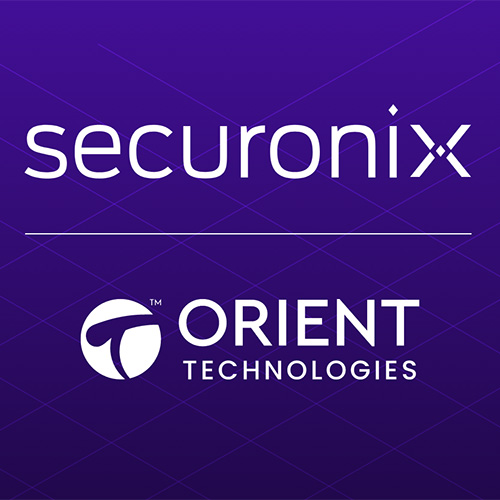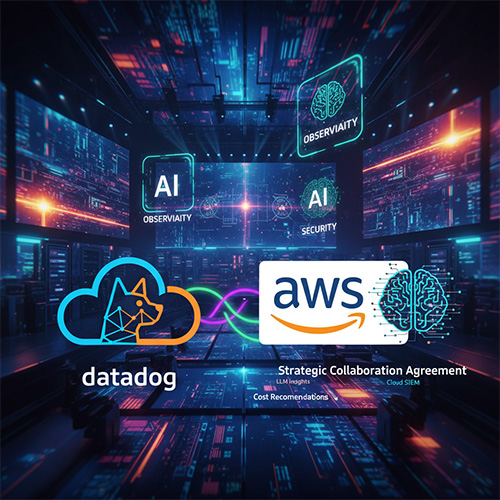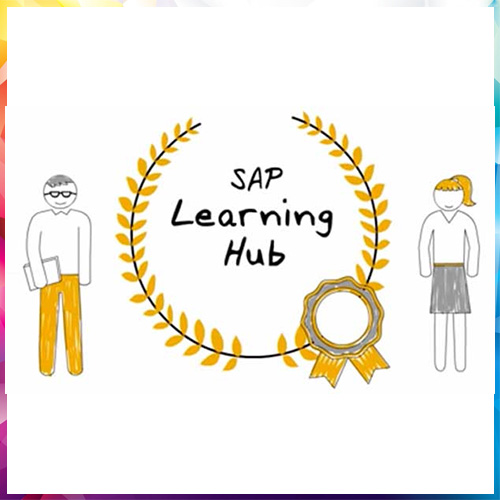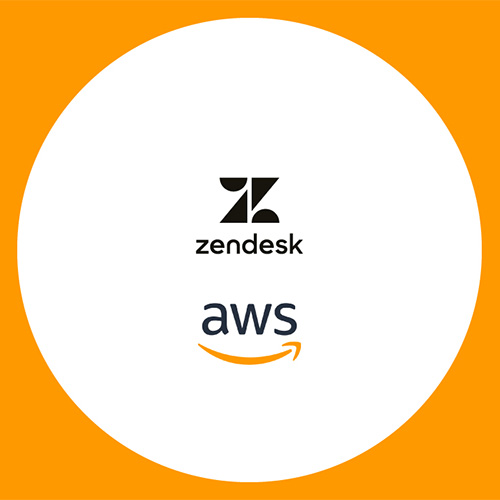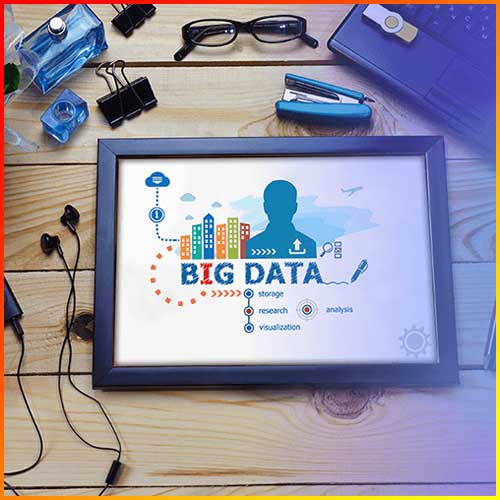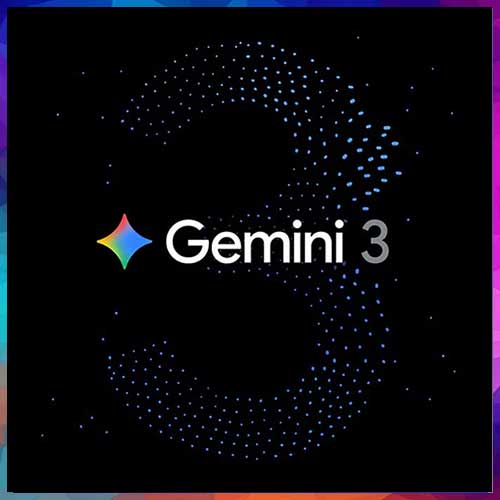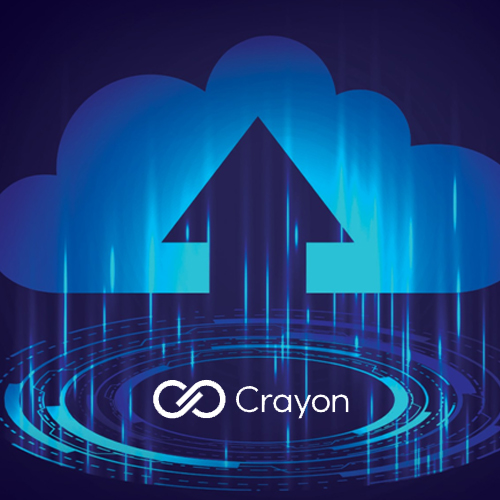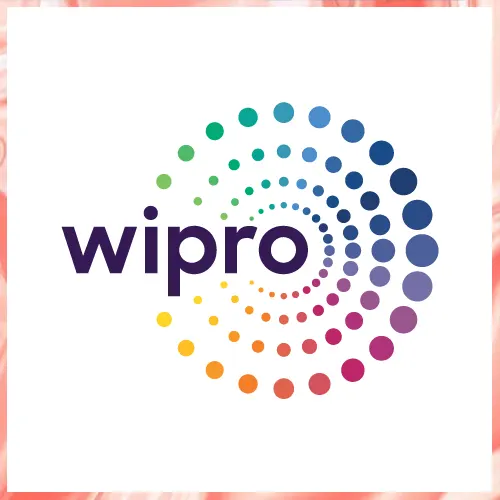
The objective behind introducing an AI-powered, self-learning platform like Xvantage for Ingram Micro was to consumerize distribution, and accelerate value for its customers and vendor partners, while also enabling ease of business for partners with the distributor. Having met the purpose, Ingram Micro now looks to leveraging this platform to onboard more partners and introduce more innovative solutions.
![]() Sanjib Sahoo, Executive Vice President, Global Technology and Chief Digital Officer at Ingram Micro shares with VARINDIA how with the changing face of the VAD business in the technology space, a platform like Xvantage will help partners unleash more power to drive business and stay competitive in the market -
Sanjib Sahoo, Executive Vice President, Global Technology and Chief Digital Officer at Ingram Micro shares with VARINDIA how with the changing face of the VAD business in the technology space, a platform like Xvantage will help partners unleash more power to drive business and stay competitive in the market -
In your opinion, how can a Value-Added Distributor (VAD) today reinvent the way their businesses work with tools like Generative AI, Automation and use it as an edge over others? Have you integrated these tools to the Xvantage platform?
If you look at the distribution model today, there are many classic industry challenges. We have challenges like how do we solve special pricing with rebates, discounts and commissions or how do we treat any vendor coming in to distribution and integrating them seamlessly and automatically into the system, how do we look at the inventory, how do we look at the push model for recommendation or how do we do cloud, software and hardware all on the same platform. At the same time, the AI has evolved. AI is nothing new, since we had deep learning, machine learning but now, we have the LLM approach where these models create new content. The approach we are looking at (that we have also expanded) is to build a new platform which uses a data mesh on top of our forty years of data. Data is the foundation for AI.
![]() Once you have the data, on top of it we are actually looking at how we harmonize processes as we aggregate these data. If we look at the specific use cases, for example, we will talk about search - like when the products are coming in, how quickly can we sort the data, harmonize them, look at the master data aggregation and push it into the customer interface. One of the examples that we are using is looking at LLM or generative AI for search.
Once you have the data, on top of it we are actually looking at how we harmonize processes as we aggregate these data. If we look at the specific use cases, for example, we will talk about search - like when the products are coming in, how quickly can we sort the data, harmonize them, look at the master data aggregation and push it into the customer interface. One of the examples that we are using is looking at LLM or generative AI for search.
We use our own LLM models, look at the search data, and if the search data comes on the first page then the engagement increases. Another example will be going from a pull model to a push model - using AI and the data we look at how customers have interacted with us, what they have bought, can we build our own algorithms to create recommendations and push them.
 So there are a lot of challenges and capabilities of AI that has evolved. We try implementing elements from deep learning, Natural Language Processing (NLP), machine learning, LLMs, and build it as one use case.
So there are a lot of challenges and capabilities of AI that has evolved. We try implementing elements from deep learning, Natural Language Processing (NLP), machine learning, LLMs, and build it as one use case.
The Xvantage tool that we started a couple of years ago is a self-learning AI platform that builds an intelligent data mesh and has an AI relation factory that takes all these data and builds intelligence to create solutions for these problems that we have. This overall redefines distribution.
What kind of a response are you receiving from partners for Xvantage? How do you wish to upgrade it further?
![]() We started the Xvantage journey a couple of years ago, when we started building the platform, the experience for the channel partners and customers. The first feedback we get is it is a better experience. It is something similar to a Netflix kind of experience where customers can find everything in just one platform. To find everything together in one platform is easy, fast, and reliable. At the same time, the one thing we hear from partners is that it is customizable – they can customize and personalize it into what they want. The second thing is bringing cloud and hardware to one platform. Today our partners can see all this in one platform and don't necessarily have to go to different platforms.
We started the Xvantage journey a couple of years ago, when we started building the platform, the experience for the channel partners and customers. The first feedback we get is it is a better experience. It is something similar to a Netflix kind of experience where customers can find everything in just one platform. To find everything together in one platform is easy, fast, and reliable. At the same time, the one thing we hear from partners is that it is customizable – they can customize and personalize it into what they want. The second thing is bringing cloud and hardware to one platform. Today our partners can see all this in one platform and don't necessarily have to go to different platforms.
The subscription renewals on the platform is also easy. It is not just transactions but they can interact with the platform. We keep getting continuous feedback which are not always positive, but there are opportunities to improve. Using these feedback, we try to solve the problems, try to understand what we can offer with the latest technologies and the platform’s next-level experience. Overall, the feedback has been extremely positive. We are seeing the traction, while also seeing the metrics that demonstrate that our partners are loving it.
How is this platform helping channel partners to unlock new revenue streams?
![]() There are multiple ways - when we look at channel partners, they might simply have to become more problem solvers and solution builders versus just filling line cards. So the platform gives you recommendations, insights and opportunities to go and have productive discussion with the end customers, understand what their problems are and then figure out how to build a solution set the right way. The platform is a unique start for bringing hardware, software, cloud, substitution services, everything together. So you can actually build a portfolio for the channel partners to take the solutions back to their end customers and open new revenue streams in that way.
There are multiple ways - when we look at channel partners, they might simply have to become more problem solvers and solution builders versus just filling line cards. So the platform gives you recommendations, insights and opportunities to go and have productive discussion with the end customers, understand what their problems are and then figure out how to build a solution set the right way. The platform is a unique start for bringing hardware, software, cloud, substitution services, everything together. So you can actually build a portfolio for the channel partners to take the solutions back to their end customers and open new revenue streams in that way.
Generally speaking, customers do not buy only hardware, or cloud or subscriptions. The buying pattern is changing to more solutions, services and business outcomes. Now using Xvantage, with everything in one screen, channel partners can unlock a lot of opportunities to their customers. Also, one of the long standing problems with partners in India is acquiring new customers, which is becoming expensive. So how do they do more with the existing customers? So, these are the ways in which they can go to their existing set of customer and expand their business.
What kind of a skillset and investments would be required on the part of partners if they wish to scale up the platform and sell more high-end solutions to customers? Are there any certification programs available for that?
![]() The platform is a self-learning concept, which means the more you use the platform the more you explore the platform, the more you will learn about it. The platform has a lot of solutions, collaterals and content. The more they use it, the more the platform learns to customize and create personalized experiences for the partners.
The platform is a self-learning concept, which means the more you use the platform the more you explore the platform, the more you will learn about it. The platform has a lot of solutions, collaterals and content. The more they use it, the more the platform learns to customize and create personalized experiences for the partners.
We see many a time that the partners may struggle to understand how it works, so I recommend they spend more time with the platform. Xvantage is completely AI driven and is certainly learning back in terms of what the partner seeks or searches for.
In the last one year, how many of Ingram Micro’s partners have joined this ecosystem? Are there plans to onboard more this year?
![]() The platform has different components. I would say it is a whole ecosystem of platforms. We have a platform each for our vendor partners, channel partners and employees. On our platform for Xvantage, which is for customers, we have more than 10 countries where 100% of our customers have access to this platform. But our focus is not to just give customers access. We are working with our channel partners to drive value with them. By doing so, we can monitor how customers are using it, what they are visiting, which business they are sourcing for us. We try to look at what is the percentage of business that is going to the platform, how are we serving our partners better, how are we optimizing our business and how are we driving the opportunities.
The platform has different components. I would say it is a whole ecosystem of platforms. We have a platform each for our vendor partners, channel partners and employees. On our platform for Xvantage, which is for customers, we have more than 10 countries where 100% of our customers have access to this platform. But our focus is not to just give customers access. We are working with our channel partners to drive value with them. By doing so, we can monitor how customers are using it, what they are visiting, which business they are sourcing for us. We try to look at what is the percentage of business that is going to the platform, how are we serving our partners better, how are we optimizing our business and how are we driving the opportunities.
What are some of the trends that are going to define the VAD space in times to come? Will this space get more competitive?
![]() The VAD space has transformed a lot. Now you will see models of platforms and marketplaces where partners can sell more and more solutions. You will see integration with the hyper scalars, combining solutions with hardware and software and substitution services, all coming together to the ecosystem. We are going to see the competition getting tougher and stiffer. My thought will be how we can look at distribution a little differently, to figure out not just fulfilling procurement, but becoming an aggregator solution provider and solving our channel partners’ problems using the technologies that we have today. This we can do by building platforms with better data, AI, virtualization, experience, which in turn will drive more consumerization.
The VAD space has transformed a lot. Now you will see models of platforms and marketplaces where partners can sell more and more solutions. You will see integration with the hyper scalars, combining solutions with hardware and software and substitution services, all coming together to the ecosystem. We are going to see the competition getting tougher and stiffer. My thought will be how we can look at distribution a little differently, to figure out not just fulfilling procurement, but becoming an aggregator solution provider and solving our channel partners’ problems using the technologies that we have today. This we can do by building platforms with better data, AI, virtualization, experience, which in turn will drive more consumerization.
Is your Go-To-Market (GTM) strategy going to remain the same for India?
![]() The GTM approach we are looking at is in the form of a platform to really have a cross section between what opportunities we have between our vendors and our customers. Once we define the opportunities, we are looking at the go to market needs and have those discussions with the vendor and the channel partners and giving them an understanding of the capabilities that we have built in solving special pricing, or any kind of conflict. This can actually help them not only serve better their business or make them more efficient, but also get them closer to bring solutions to the customers. We are having this conversation at the strategic level with the channel partners and the vendor partners and targeting our reach to utilize the platform and grow our business.
The GTM approach we are looking at is in the form of a platform to really have a cross section between what opportunities we have between our vendors and our customers. Once we define the opportunities, we are looking at the go to market needs and have those discussions with the vendor and the channel partners and giving them an understanding of the capabilities that we have built in solving special pricing, or any kind of conflict. This can actually help them not only serve better their business or make them more efficient, but also get them closer to bring solutions to the customers. We are having this conversation at the strategic level with the channel partners and the vendor partners and targeting our reach to utilize the platform and grow our business.
The India approach will more or less remain the same.
See What’s Next in Tech With the Fast Forward Newsletter
Tweets From @varindiamag
Nothing to see here - yet
When they Tweet, their Tweets will show up here.






